Iconic Fish are Under Threat from Bad Hydropower
A proposed hydropower project on Washington's Skykomish River could adversely impact already imperiled runs of Puget Sound salmon and steelhead.
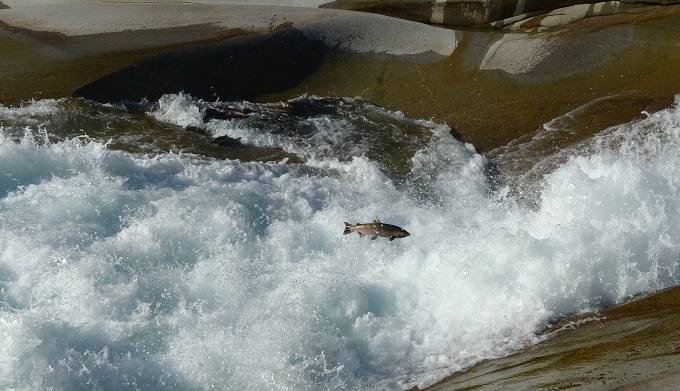
This guest blog by David Wick is a part of our 2017 America’s Most Endangered Rivers® series on the South Fork Skykomish River.
The past few weeks, we’ve been detailing the issues with the Snohomish County PUD (SnoPUD) proposal to build a new powerhouse at the base of Sunset Falls on the South Fork Skykomish River and reroute water from a 1.1 mile reach of the river between Canyon and Sunset Falls. This proposal is a threat to outstanding fish, wildlife, recreation, and scenic values of the Skykomish and in this post we’re going to jump in to some of the specifics about the threats and the issues this proposal would pose to the imperiled runs of salmon and steelhead.
Since 1958, the Washington State Dept. of Fish and Wildlife (WDFW) has operated a trap and haul facility at this site to transport wild fish above Sunset, Canyon, and Eagle Falls to approximately 90 miles of cold water spawning habitat. Ecosystem Diagnostic and Treatment (EDT) modeling for Chinook salmon in 2004 and 2005 suggested that the South Fork Skykomish River above Sunset Falls is the most productive area for Chinook in the Skykomish system. According to filings from the Tulalip Tribe, Chinook production above Sunset Falls represents upwards of 30% of the natural origin spawners in the Skykomish population and 20% of the Chinook within the entire Snohomish basin.
The purpose of the trap and haul facility is to sort the returning mature fish and to transport wild Chinook, coho, sockeye, shum, and pink salmon, including bull trout and steelhead, above the falls. Hatchery salmon are returned to the hatchery to be sacrificed for roe and milt, and hatchery steelhead are dispatched and donated. Needed trap and haul improvements include a new truck and better sorting equipment. SnoPUD is offering approximately $3 million for these one-time, off-license upgrades as an enticement for locating their powerhouse adjacent to the trap and haul facility. While improved handling may lessen the impacts to overall fertility, that better handling of up-migrating fish does not cause them to grow larger, survive longer, or to become more abundant.
Part of increasing fish abundance requires the successful down-migration of juvenile salmon and steelhead over the falls and for that, ample flows are needed. This is the proposed project’s fatal flaw.
According to some fisheries experts familiar with the basin, the project will impair downstream fish passage as well as degrade and reduce fish habitat necessary for spawning salmon and other native fishes in the South Fork Skykomish River system, by reducing median monthly flows 63 – 90%.
To make the project economically viable, SnoPUD needs to drastically reduce the river flow over the falls by diverting most of the flow through its hydropower facility. According to plans filed with FERC, juvenile fish will be screened and deposited in the de-watered bypass reach. Juveniles remaining in the river will pass over Canyon and Sunset falls with inadequate water to cushion their landing on the rocks below.
According to statements filed with FERC, SnoPUD’s proposed project is neither economically viable nor in the interest of its ratepayers. The project could not operate for three months per year due to low summer flows and relies on securing a minimum instream flow of 250 cfs, which is wholly insufficient for the habitat needs within the bypass reach. The proposed instream flow conflicts with state minimum instream flow rules, and the entire project area is further protected from hydropower development under the Northwest Power Act.
In its draft license application Exhibit E, Section E.1.4.2. Endangered Species Act (page E-15), SnoPUD rightly concludes “that findings of ‘may affect, likely to adversely affect’ are appropriate for Chinook salmon in the Puget Sound Evolutionarily Significant Unit (ESU), and winter-run steelhead and bull trout in the Puget Sound Distinct Population Segments (DPS). While the District’s proposed construction best management practices are intended to protect aquatic resources, the risk of incidental adverse effects on individual fish (i.e., incidental take under the ESA) cannot be entirely eliminated. The Project may also adversely affect designated or proposed critical habitat for these species.”
Chinook and coho salmon populations are at or near historic lows, and adding a new source of mortality is not appropriate. The project threatens to do irreversible damage to populations at risk as well as to critical habitat required by Chinook salmon as established by NOAA (50 CFR Part 226, September 5, 2005). Considered cumulatively with all other sources of mortality or population pressure, the project has the potential to move threatened populations to endangered status.
In April 2016, the Tulalip and Snoqualmie Tribes formally requested that the Federal Energy Regulatory Commission deny PUD’s application based on anticipated harm to juvenile salmon and steelhead.
Currently, 15 different salmon and steelhead stocks in Washington State are listed under the Federal Endangered Species Act and the productivity of the ESA-listed natural origin Skykomish Chinook salmon population has substantially declined over the past 15 years to well below the replacement level, meaning the population is currently in steep decline.
Southern resident orca whales are also at a 30-year population low. In 2015 the federal government declared that our orca whales are among eight species most likely to go extinct without dramatic action. In just the last two years, seven whales have died. Lack of Chinook salmon has been strongly implicated as the main cause of decline. Despite spending millions on fish studies, SnoPUD has not examined or commented on the potential effects of the proposed project on Orca Whales.
But there is still hope. Joseph Bogaard, executive director of the Save our Wild Salmon Coalition (a coalition of more than 40 organizations) says that, “Salmon are a very prolific species. If you give them a healthy river they will do the rest. The most important action we can take to help salmon and steelhead survive and thrive is to restore healthy habitat and access to healthy habitat.”
Let’s not repeat the same mistakes made in Europe and New England where the salmon decline was not only dramatic, but permanent.
[su_button url=”https://act.americanrivers.org/page/1233/action/1″ background=”#ef8c2d” size=”4″ center=”yes”]Take Action »[/su_button]
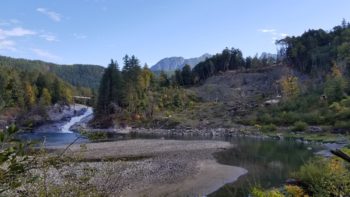
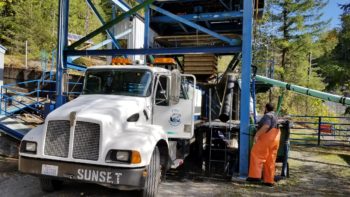
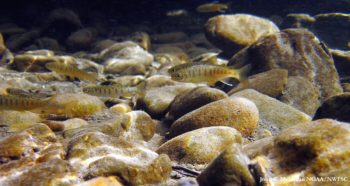
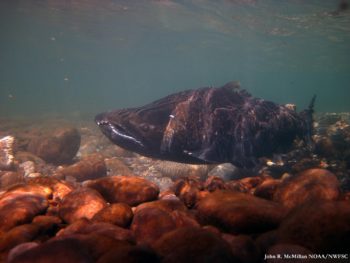
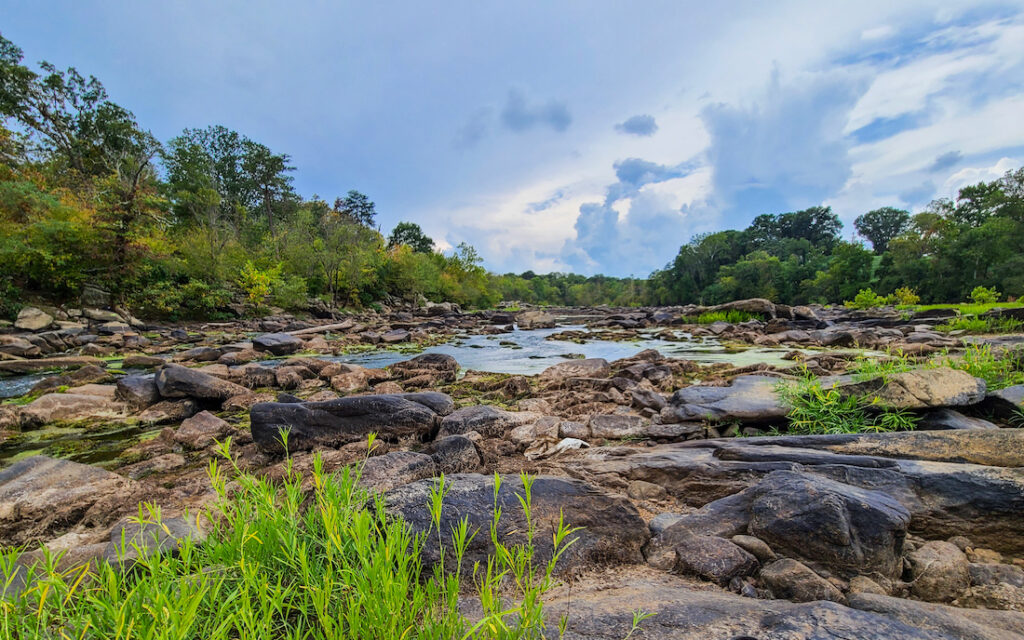

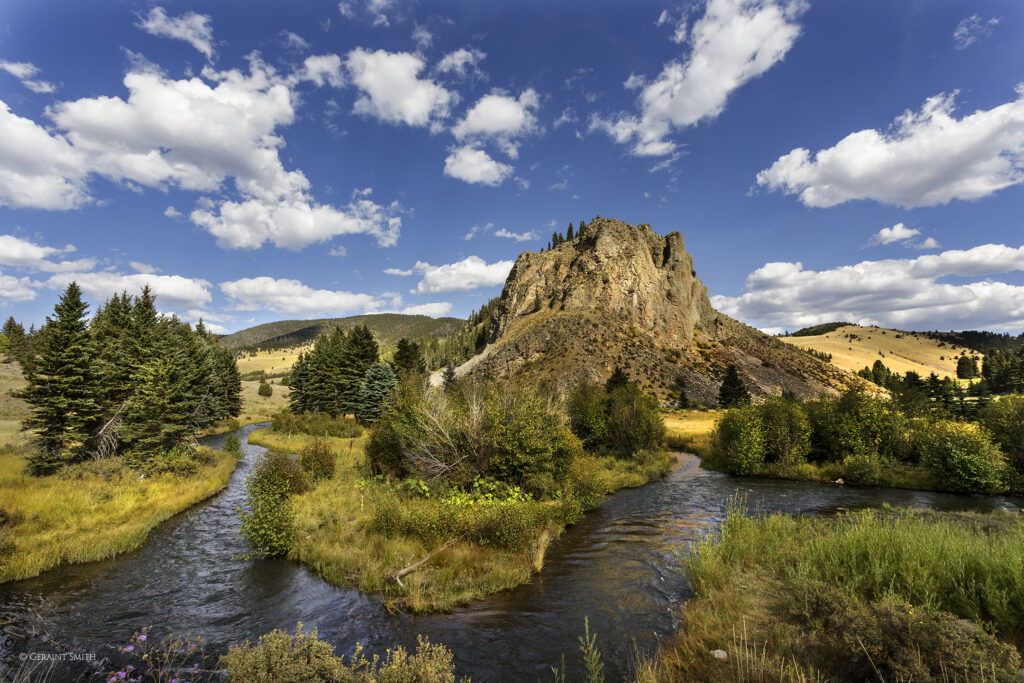
1 response to “Iconic Fish are Under Threat from Bad Hydropower”
The orca whale could possibly become extinct on our watch if we don’t promote a healthy population of wild salmon in our rivers. Dams need to be removed from many locations to help salmon populations build to pre-dam levels. No salmon should become extinct on our watch either! Keep them wild and free!